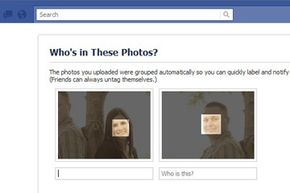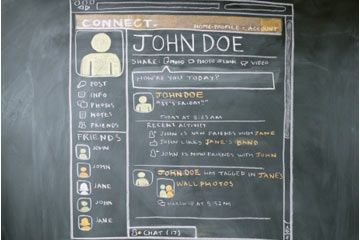Without photos, Facebook would likely have been a passing internet phase, relegated to a dusty corner of the web where text-based websites go to die. But photos are everywhere on Facebook, making it one of the largest database of pictures on the web.
Since everyone on your friends list loves to see photos posted, you might wish to learn how to tag someone on Facebook. In this article, we'll explain how Facebook tagging works. We'll also delve into the social media platform's facial recognition software and its limitations.
Advertisement
Keep reading and you'll see more about how this kind of advanced software can benefit your Facebook life, and how you can best keep it under your control.





